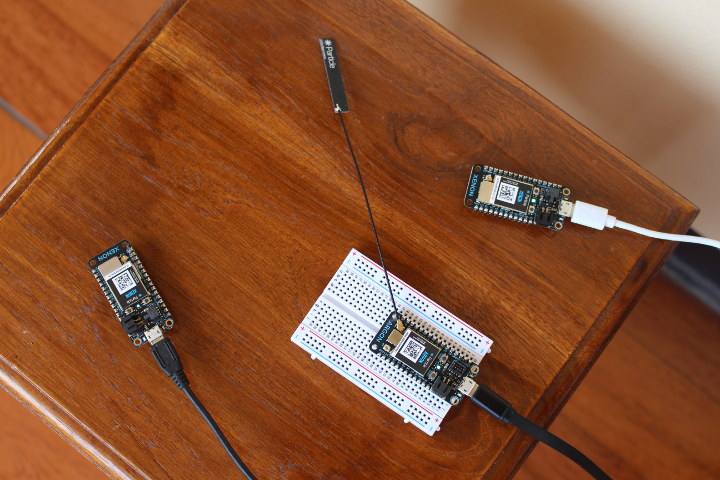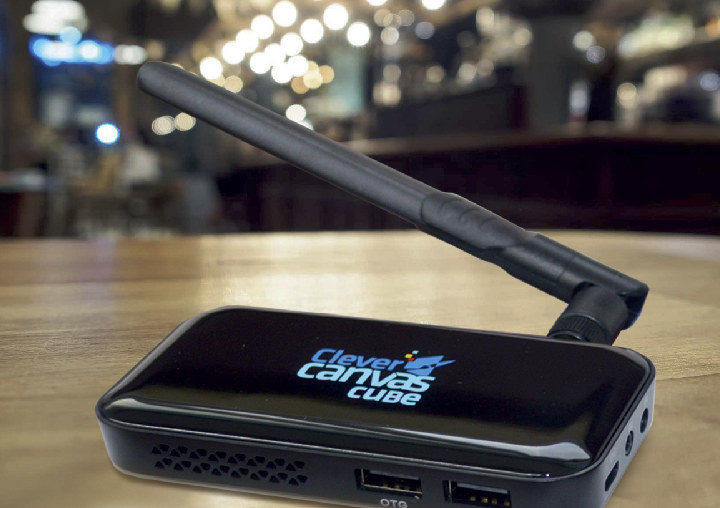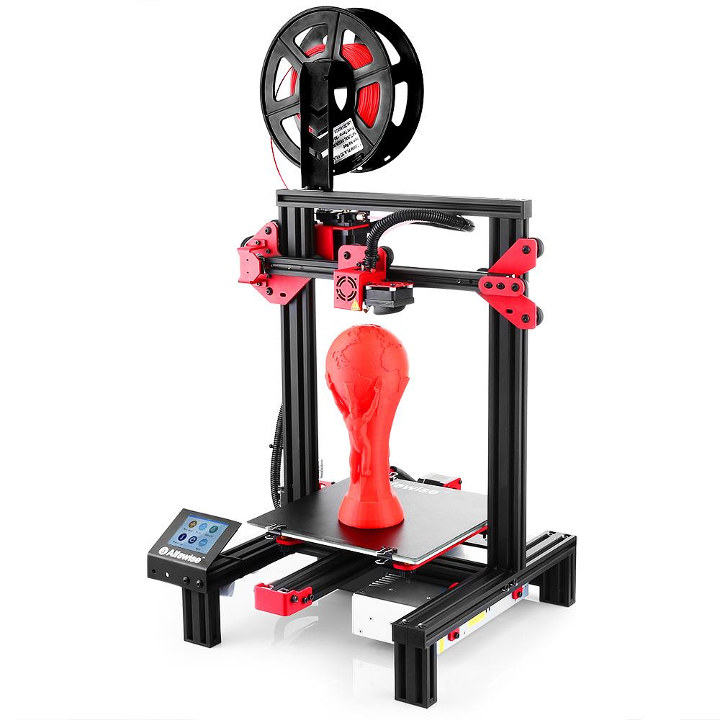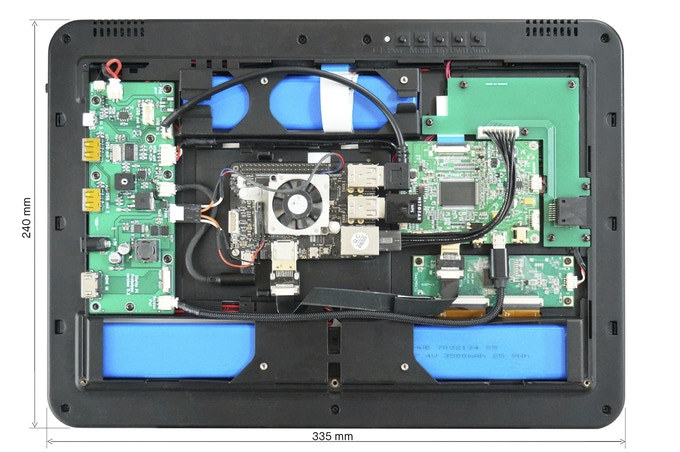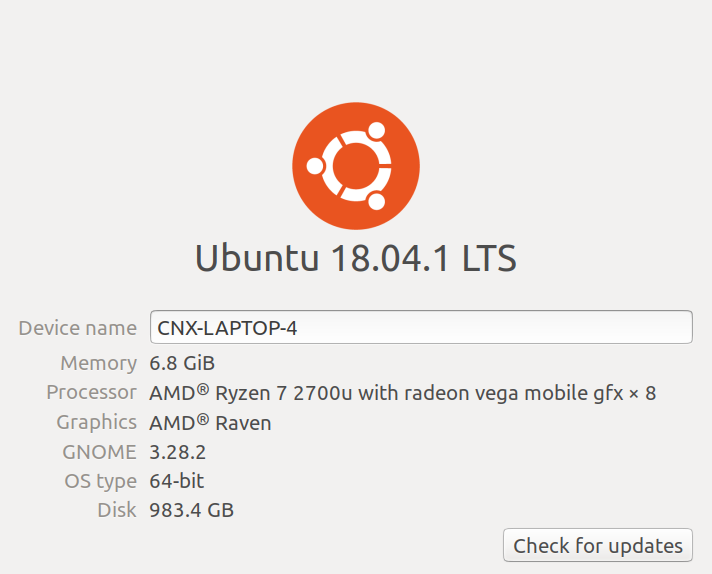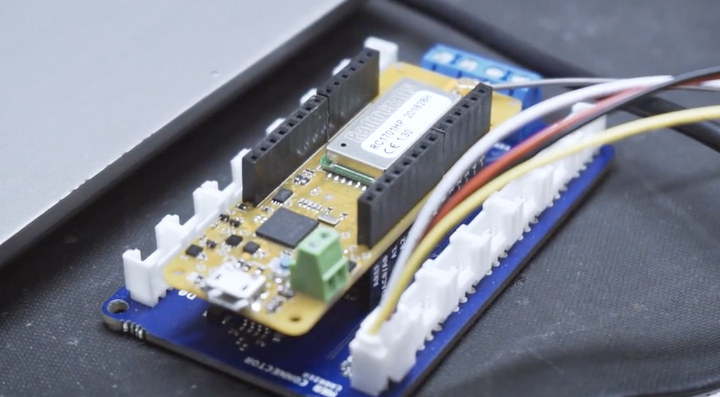This post will be a little off-topic, but I’ve just found out an interesting product I did not know existed. You’ve probably all seen electric bicycles, but YUNZHILUN iMortor 36V-X wheel allows you to convert your existing bicycle into an electric bicycle with up to 50 kilometers range by simply replacing the front wheel. The electric motor and battery are all built into the wheel, and GearBest sells for $199.99 plus shipping to customers based in Europe. iMortor 36V-X specifications: Wheel Size – 26″ Range – 25km mileage in pure electric power mode. 40 – 50km in “moped power mode” Motor – 30V 240W permanent magnet brushless DC motor Control driver – FOC (field-oriented control) intelligent drive controller Thumb gear shifter with 5 gears Smartphone Connectivity – Bluetooth 4.0 and USB for charging. Battery – 36V 115.2Wh lithium-ion battery Dimensions – 66.00 cm ∅ x 10.00 cm Weight – 11.57 kg […]
Particle Mesh Networking Review – Part 2: Getting Started Guide with Argon & Xenon
I’ve recently received a Particle Mesh IoT Development Kit with one Argon WiFi + Mesh (802.15.4) board acting as gateway, three Xenon Mesh boards, and various sensors and accessories. I’ve already showcased the hardware in the first part in the review, so in this post I’ll post my experience getting started with Particle Mesh networking using the kit. Beside the kit, you’ll need a few micro USB cables, a mobile phone running Android or iOS, a reliable Internet connection (more on that later), and a host PC for programming and debugging potential issues. Setting Up Particle Argon & Xenon boards First we’ll need to configure / setup the boards. Go to https://setup.particle.io to login or create an account if you don’t already have one, and you should be brought the following page. Select Mesh, and you’ll be asked to setup a gateway first. Any of the boards from Particle Mesh […]
Ugoos Clever Canvas Cube TV Dongle Makes Digital Signage Easy
When I was first informed about Ugoos Clever Canvas Cube, I ignored it because it just looked like an another “old” Amlogic S905 TV stick running Android 5.1. But I came across it again today, and I realized the device is not designed to stream video per se, but instead it’s loaded with digital signage software that makes it easy to compose layout from photos, and text directly from your mobile phone, with the content then uploaded to the stick over the cloud. Ugoos Clever Canvas hardware is actually Ugoos AM2 with the following specifications: SoC – Amlogic S905 quad core Cortex A53 processor with penta-core Arm Mali-450MP GPU System Memory – 1GB DDR3 Storage – 8GB flash, micro SD card slot up to 32GB Video & Audio Output – HDMI 2.0 up to 4k @ 60 fps, 3.5mm AV output with composite and stereo audio Connectivity – Dual band […]
Alfawise U30 3D Printer now Offered for $166 (Promo)
This time of the year is normally a good period to buy 3D printers at a discounted prices ,as we’ve seen in the past with the popular Anet A8 model, which again is sold for $139.99 plus shipping right now, or if you are based in Europe as low as $129.99 with coupon GB23CC4. Another potentially interesting deal is the new Alfawise U30 3D printer which can be bought on GearBest for $165.99 plus shipping ($7.57 here) with coupon GBBFEX017. The 3D printer is also said to offer safety features, support for left handed people, and resume after power failure or running out of filament. Alfawise U30 main features: 2.8″ full color touchscreen placed on the left or right of the printer frame Storage – micro SD card slot, USB port Build volume – 220 x 220 x 250mm Nozzle diameter – standard 0.4mm nozzle Print speed – Up to […]
Diskio Pi 13.3″ DIY Tablet Kit for Raspberry Pi – Take 2 on Kickstarter
Diskio Pi was a DIY tablet kit for Raspberry Pi, ODROID-C2/XU4 and other compatible boards with a 13.3″ Full HD display that launched last year on Kickstarter. But the project failed likely due to the high costs (350 Euros and up for early bird pledges without battery nor SBC) and an elevated funding target of 400,000 Euros. But the team did not give up, worked on reducing costs, improved the design, and recently relaunched Diskio Pi on Kickstarter with a more achievable 52,096 Euros target, and reasonable pricing with rewards starting at 189 Euros including VAT. Diskio Pi “basic” DIY tablet kit content and main specifications: Display – Innolux 13.3″ TFT/IPS display with 1920×1080 resolution, WLED backlight + 10-point touch capacitive panel connected over USB 2.0 Video control board with HDMI 1.4 to eDP converter, stereo amplifier, and 2x 1W speakers Daughter board with Genesys USB hub, 9V to 5V/4A […]
PyGo Wearable Devices Create LoRa Mesh Networks (Crowdfunding)
Pycom has made some interesting IoT boards running MicroPython in the past starting with WiFi capable WiPy in 2015, and followed by various others supporting various wireless standard including Bluetooth, LoRa, Sigfox, and NB-IoT with LoPy and Fipy. The company launched all their boards via crowdfunding campaigns, and they are now back on Kickstarter for their PyGo plug-n-play wearable devices creating PyMesh networks with up to 12km range between nodes, and managed using Pylife mobile app. Typical use cases include basic connectivity (e.g. messaging) in remote areas without cellular access, and assets / pets / kids location tracking, There are two version of PyGo: PyGo1 with mesh networking only, and PyGo2 that adds cellular network access. Pygo hardware specifications: SoC – Espressif Systems ESP32 dual core WiFi 4 + BLE SoC System Memory – 64 Mbit (8MB) RAM Storage – 8MB flash Display – 128×36 OLED display Connectivity PyMesh up […]
Ubuntu 18.04 To Get 10 Years Long Term Support
Canonical releases new Ubuntu versions every six months, but most of those are then supported for 9 months only. If you want long term support, you need to install the LTS (Long Term Support) version released every two years such as Ubuntu 16.04 or Ubuntu 18.04 which are supported (for free) for 5 years. If for whatever reasons you cannot or do not want to update after 5 years, the system will not get any security fixes, unless you purchase a Ubuntu Advantage subscription with Extended Security Maintenance, which allows you for example to run a fully supported Ubuntu 12.04 (Server) until April 2020 (8-year support). But this will change for the better, as ZDNet reports that Mark Shuttleworth told the audience at a keynote at the OpenStack Summit in Berlin that Ubuntu 18.04 support will be extended from 5 years to 10 years “In part because of the very […]
Allwize K2 IoT Board Supports 169MHz Wize LPWAN Protocol (LoRa alternative)
LoRa, Sigfox, and NB-IoT are probably the most popular low power long range wireless protocols for the Internet of Things, but there are several others, including one I had never heard of: Wize. The Wize Low Power Wide Area Network (LPWAN) protocol has been created in late 2017, leverages the “old and refurbished” 169 MHz frequency, support up to 20 km range, 20-year battery life, and is managed by the Wize Alliance with members including STMicroelectronics, Suez, Sagecom, Renesas, Analog Devices, Silicon Labs and many others. Despite being a recent protocol, the table below claims 3 millions of deployment for Wize, and showcases some of differences against LoRa, NB-IoT, and Sigfox. You may be confused as how the standard was created in at the end of 2017, but there are so many deployments, and 13 years experience. It appears Wize is derived from the older EN 13757 standard for gas […]



